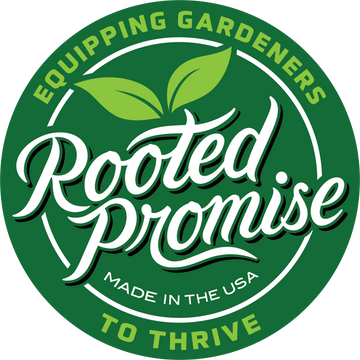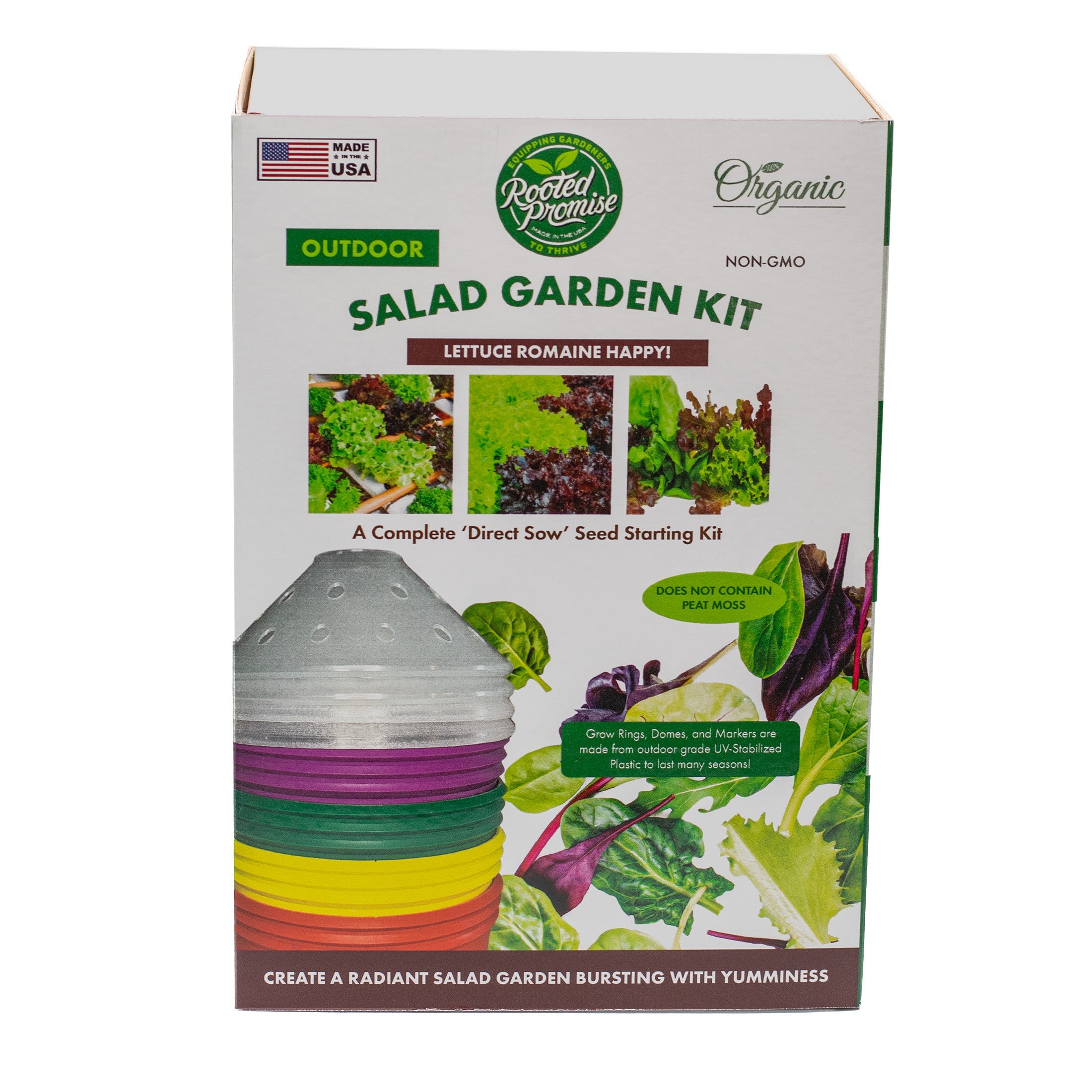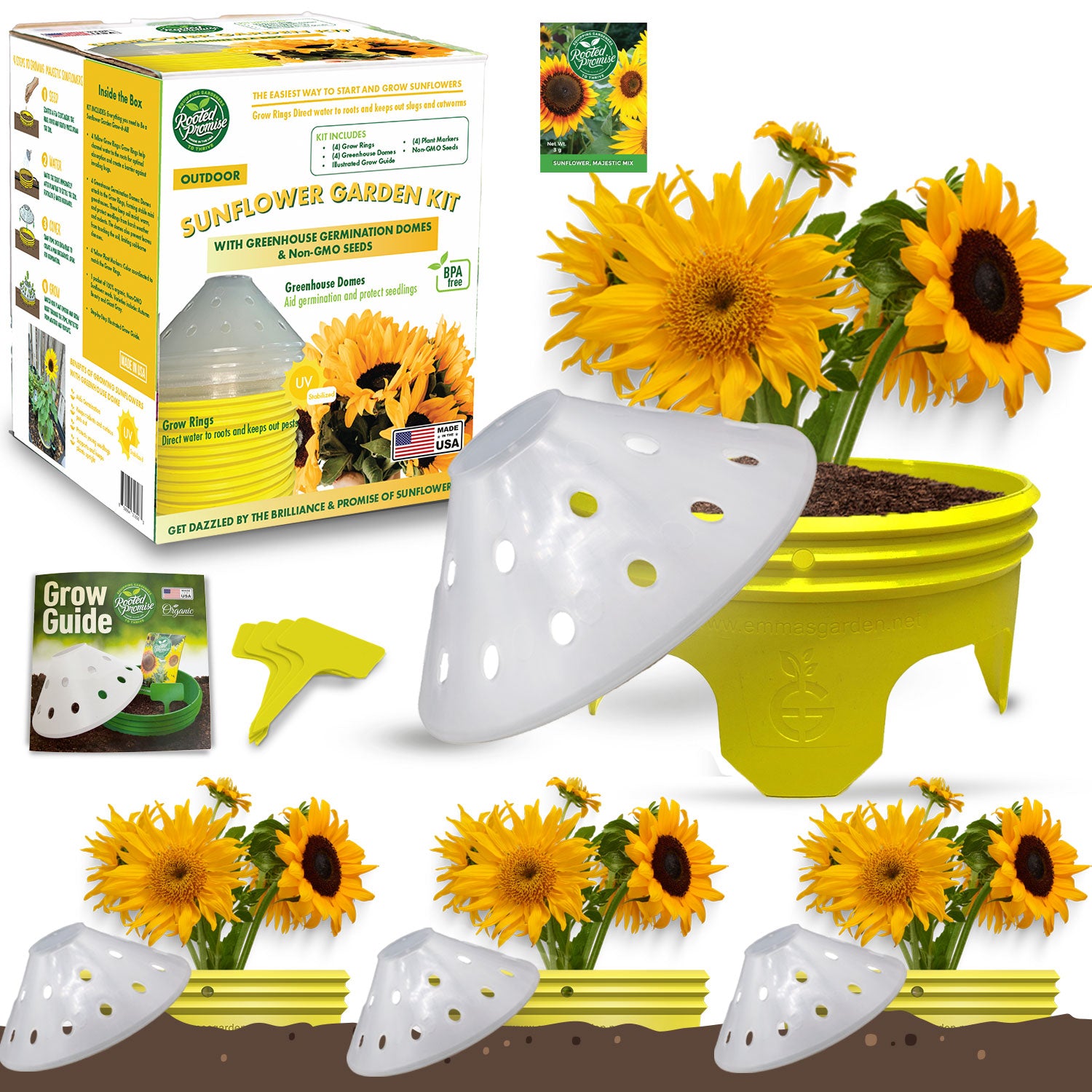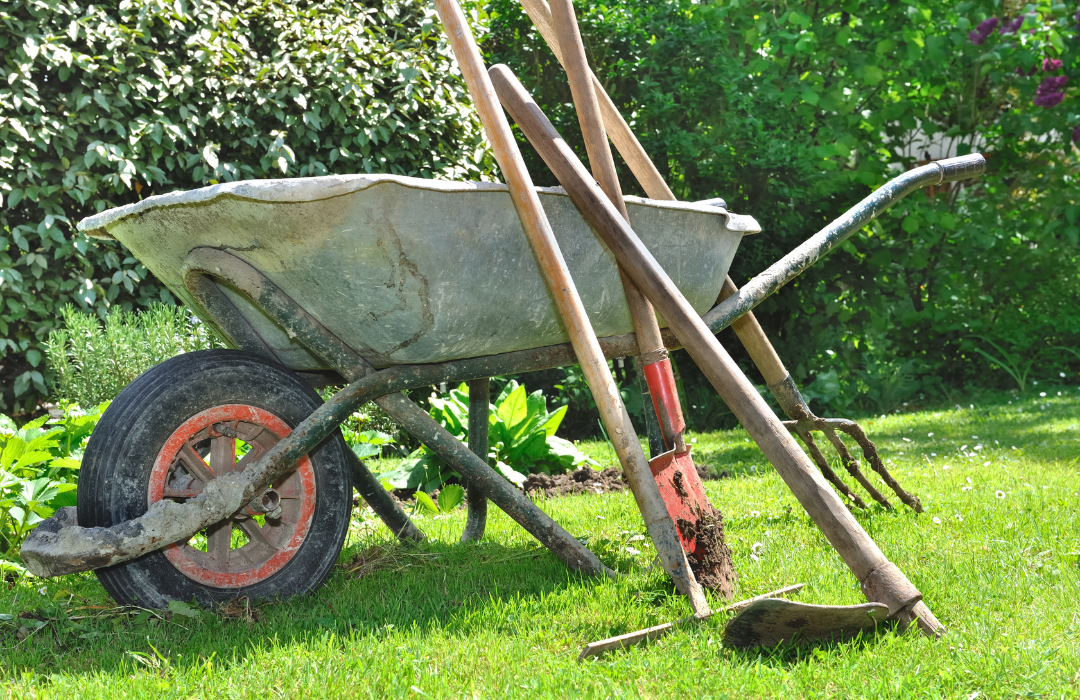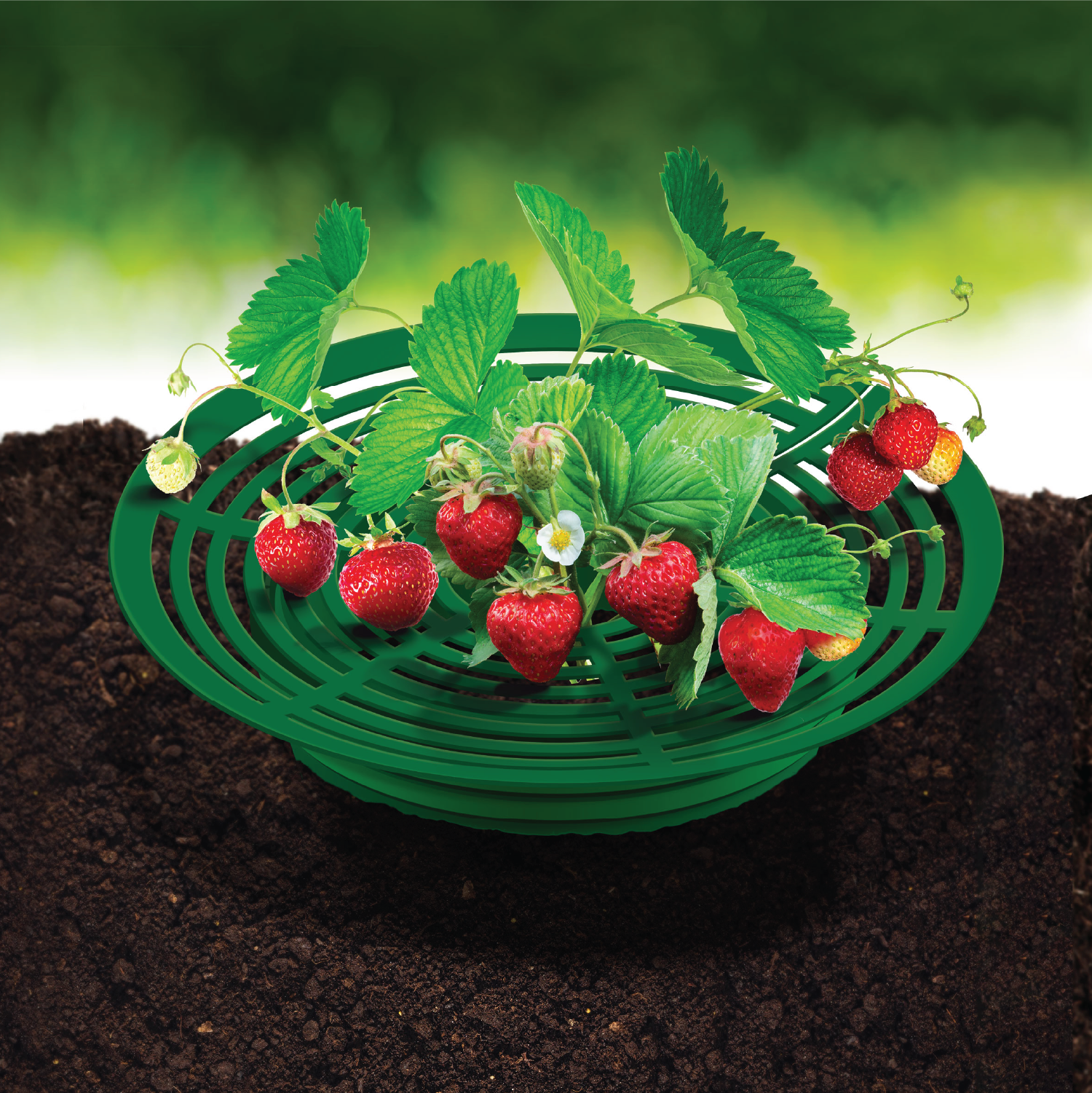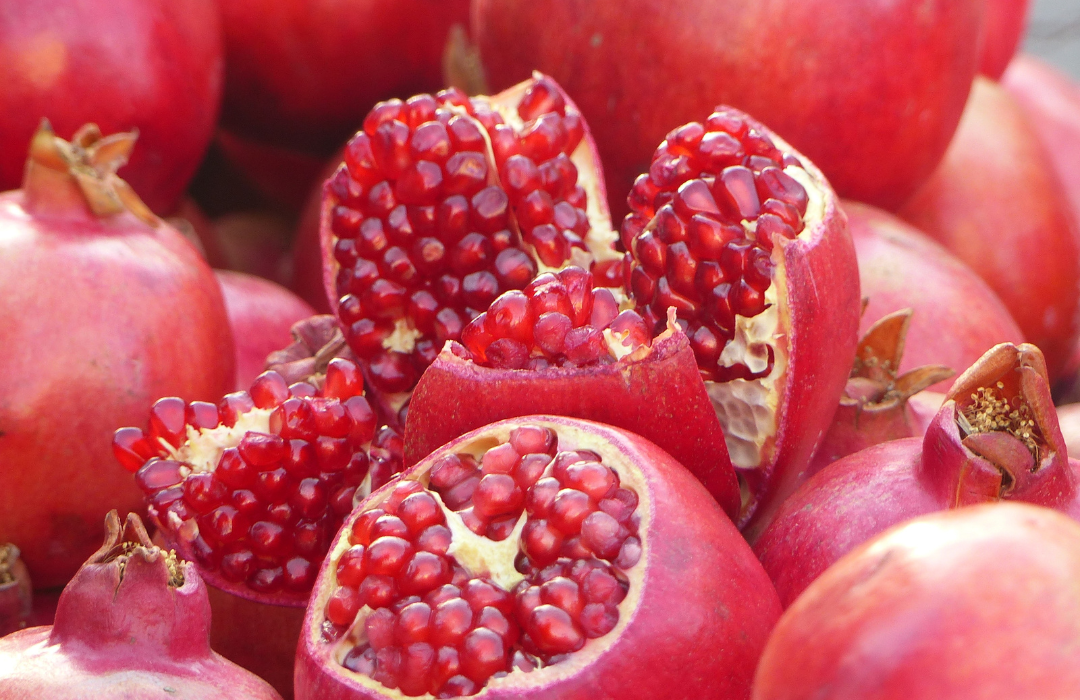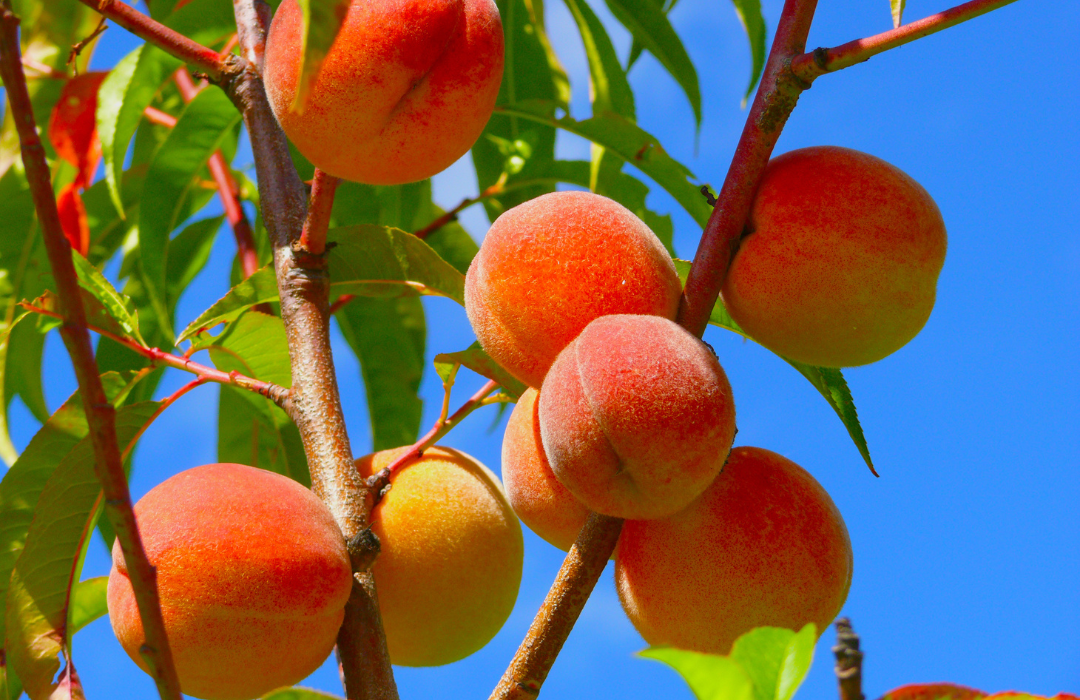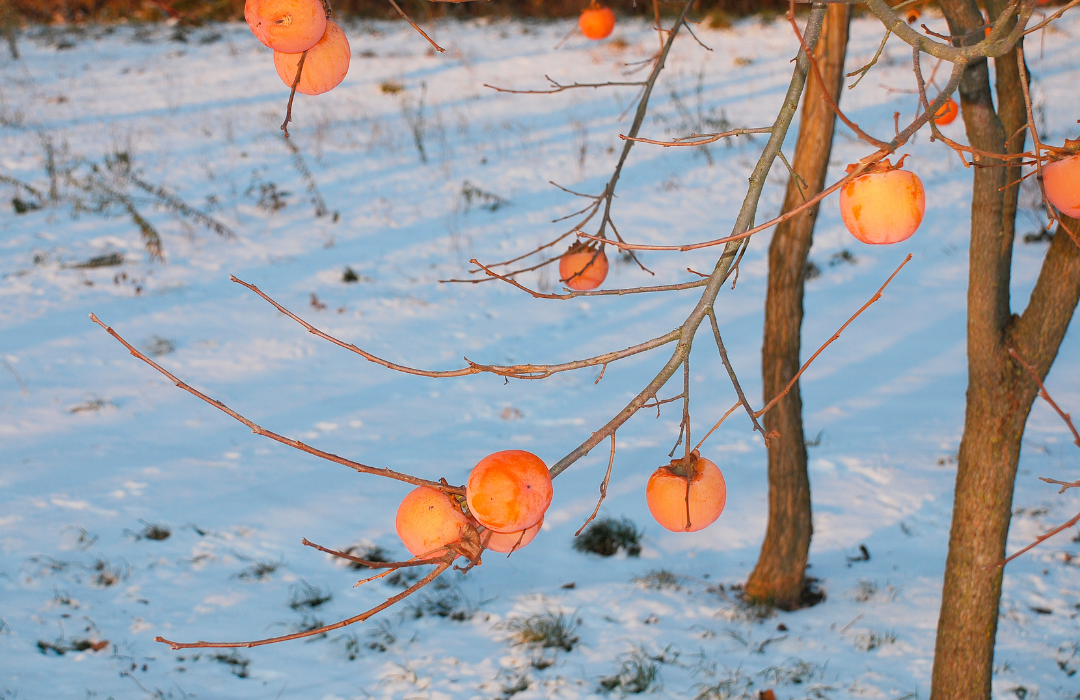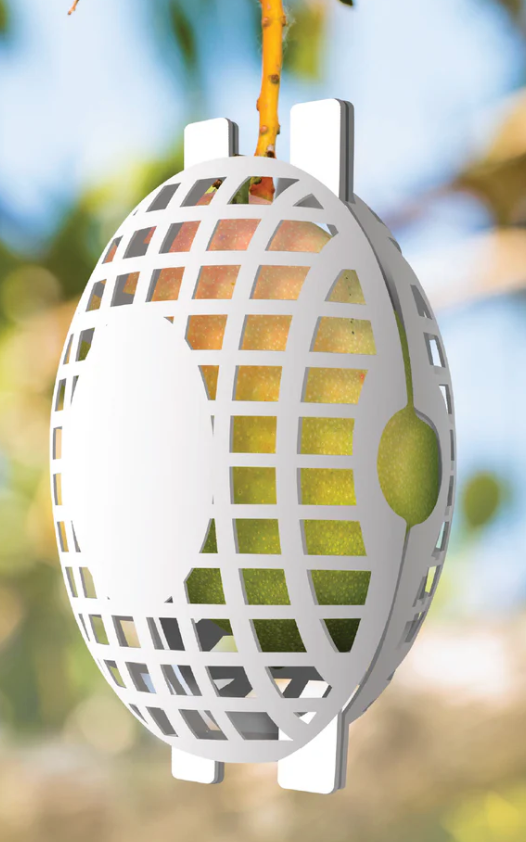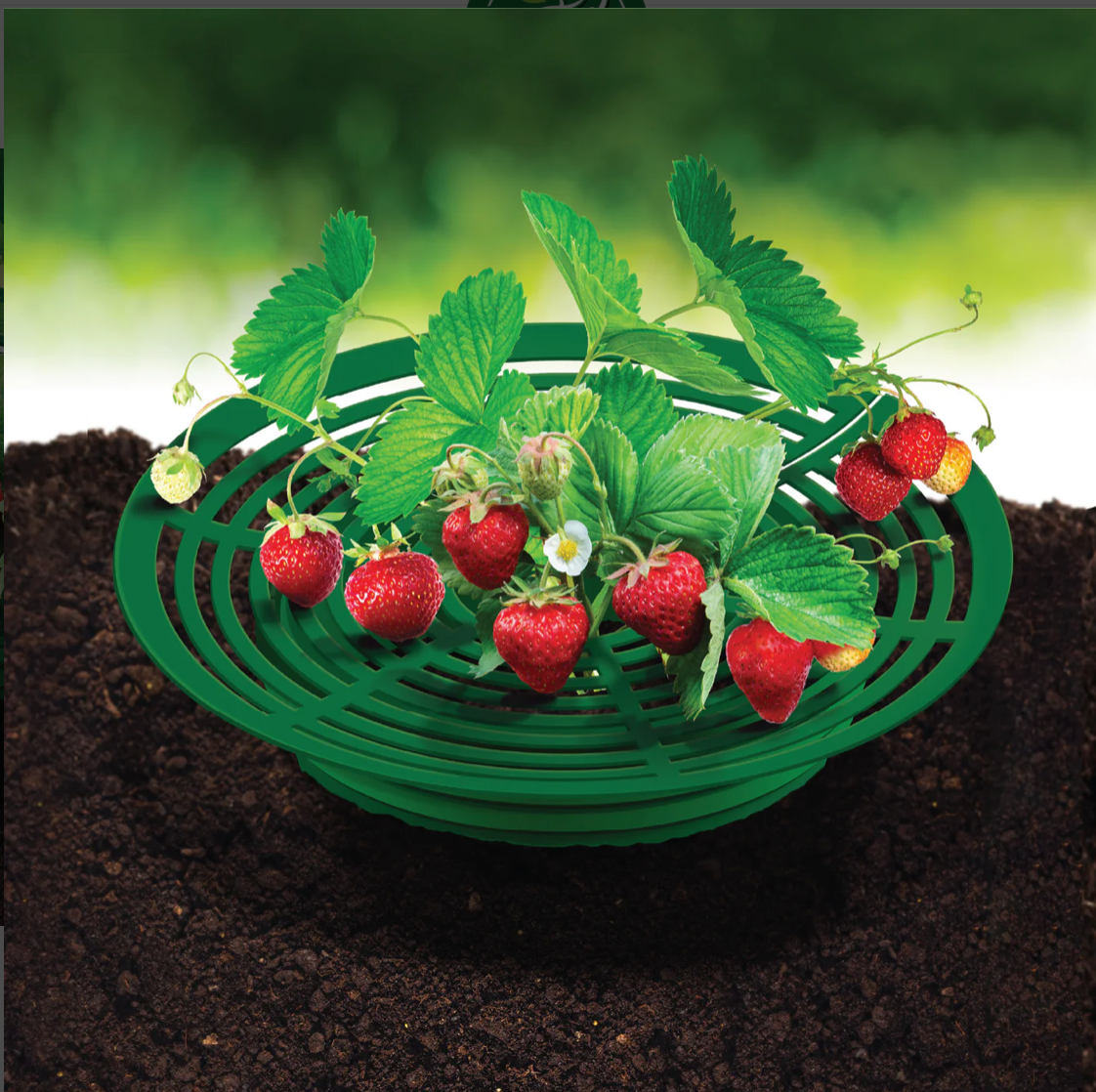What are the most essential gardening tools?
Table of Content
- The Importance of Gardening Tools
-
The 9 indispensable gardening tools
- Tool #1: Hand Trowel
- Tool #2: Pruning Shears
- Tool #3: Garden Hoe
- Tool #4: Garden Rake
- Tool #5: Spade
- Tool #6: Garden Fork
- Tool #7: Watering Can
- Tool #8: Wheelbarrow
- Tool #9: Gardening Gloves
- Caring for Your Tools
- Conclusion
Thinking about gardening this spring? To succeed, you’ll need the right tools to transform your outdoor space into a thriving garden. Quality gardening tools can save time, enhance efficiency, and even improve plant health, making them indispensable for both beginners and seasoned gardeners.
Let’s explore the most essential tools, their uses, and how they can elevate your gardening experience.
The Importance of Gardening Tools
Improved Efficiency
Gardening tools reduce the time and physical effort required for tasks, allowing you to focus on nurturing your plants rather than struggling with inefficient methods.
Healthier Plants
Well-maintained tools ensure precise cuts, promote healthy growth, and prevent the spread of plant diseases. For example, clean pruning shears prevent infection by removing dead or diseased branches effectively. According to the Royal Horticultural Society, clean, sharp tools are vital to a garden’s success.
The 9 Must-Have Gardening Tools
Tool #1: Hand Trowel
- What It Does: Ideal for planting, transplanting, and weeding with precision.
- Features to Look For: Stainless steel blades for rust resistance and durability, ergonomic handles for comfort, and a balanced weight for control.
- Why It’s Essential: A narrow blade works best for delicate tasks like planting seedlings, while a broader blade is perfect for digging and turning soil.
Tool #2: Pruning Shears
- What It Does: Prunes dead or unwanted branches, promotes growth, and prevents disease.
- Types: Bypass shears (ideal for living stems) and anvil shears (better for dead branches).
- Maintenance Tips: Clean blades after each use to prevent sap buildup, sharpen regularly, and lubricate the pivot mechanism to extend lifespan.
Tool #3: Garden Hoe
- What It Does: Breaks up soil, removes weeds, and aerates the ground for healthy root growth.
-
Types:
- Dutch Hoe: Sharp, flat blade for slicing weeds.
- Draw Hoe: Angled blade for deeper soil cultivation.
- Swan Neck Hoe: A versatile multitasker for slicing and drawing actions.
- Why It’s Essential: Aerated soil ensures better water absorption and root development.
Tool #4: Garden Rake
- What It Does: Levels soil, removes debris, and prepares the ground for planting.
-
Types:
- Bow Rake: Sturdy tines for breaking up clumps and shaping soil.
- Leaf Rake: Flexible tines for collecting leaves and light debris.
- Features to Look For: Lightweight aluminum or durable wooden handles for ease of use and comfort.
Tool #5: Spade
- What It Does: Excels at digging trenches, edging borders, and transplanting plants.
- Blade Options: Pointed blades for hard soil and flat blades for scooping.
- Tips: Use your body weight for leverage to reduce strain and maximize efficiency.
Tool #6: Garden Fork
- What It Does: Aerates soil, turns compost, and breaks up clumps.
- Types: Digging fork for heavy-duty work and border fork for more delicate tasks.
- Why It’s Essential: Improves soil structure, enhances drainage, and ensures nutrient circulation.
Tool #7: Watering Can
- What It Does: Provides precise watering for seedlings, container plants, and small garden beds.
- Features: Models with removable roses diffuse water gently for young plants, while others offer a direct pour for larger areas.
- Alternative Options: For larger gardens, consider hosepipes or drip irrigation systems.
Tool #8: Wheelbarrow
- What It Does: Transports soil, compost, and heavy plants efficiently.
- Types: Single-wheeled designs for maneuverability and dual-wheeled models for stability.
- Tips: Load materials evenly to maintain balance and prevent spills.
Tool #9: Gardening Gloves
- What It Does: Protects hands from thorns, splinters, and chemicals while enhancing grip and dexterity.
- Materials: Leather for durability, cotton for breathability, and nitrile for water resistance.
- Why It’s Essential: Prevents blisters, calluses, and skin irritation, ensuring a safer gardening experience.
Caring for Your Tools
Proper maintenance extends the lifespan of your tools and keeps them performing at their best:
- Cleaning: Remove dirt and sap after each use to prevent rust and disease spread.
- Sharpening: Use a sharpening stone or file for clean, precise cuts.
- Storage: Keep tools in a dry place, like a tool shed or hanging rack, to avoid moisture-related damage.
Conclusion: Invest in Quality Tools for Gardening Success
Quality tools are more than just equipment—they’re an investment in your garden’s health and your own enjoyment. Durable, well-designed tools reduce effort, improve efficiency, and ensure long-term cost savings. By selecting and maintaining the right tools, you’ll create a thriving garden and enjoy every step of the process.
